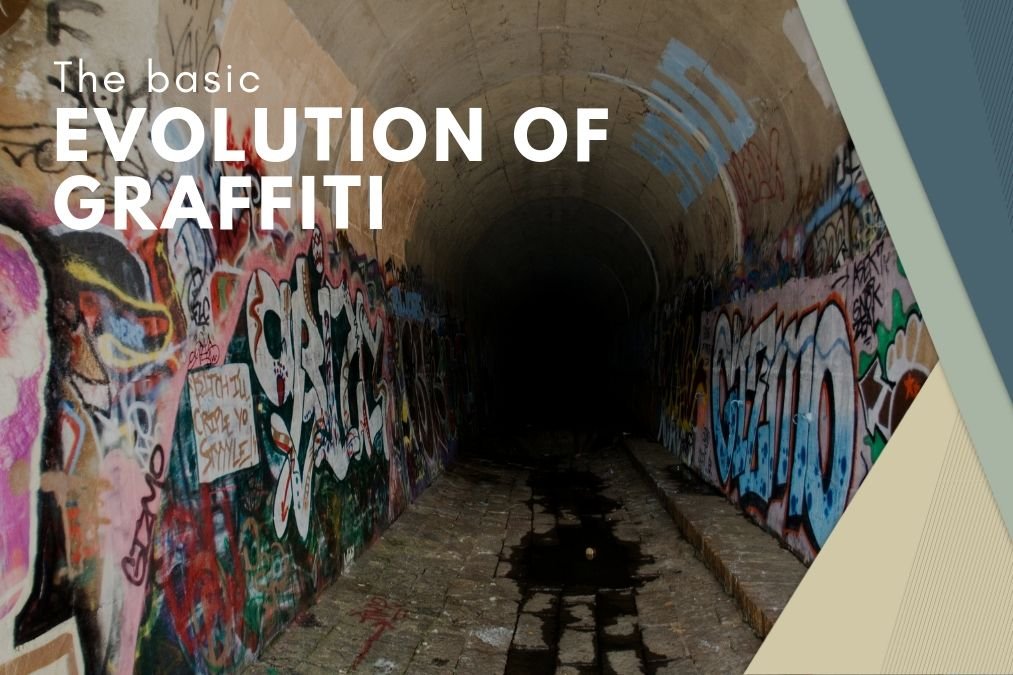The Evolution Of Graffiti Art From Subculture To Mainstream
Graffiti is more than just a form of vandalism.

It is a form of expression that has been around for centuries, dating back to ancient times when people would carve messages into rocks and walls to communicate with each other. Graffiti has evolved over the years and has become a significant part of our modern-day culture.
In the 1960s, graffiti began to emerge as a form of art, with artists like Cornbread and Taki 183 paving the way for future graffiti artists. These artists were the pioneers of the graffiti movement and inspired countless others to take up the spray can and start expressing themselves through graffiti.
Today, graffiti can be seen on walls and buildings all over the world. Some people view it as a beautiful form of art, while others see it as a blight on our cities and towns. Graffiti has become a controversial issue, with many debates over its place in society.
However, regardless of your personal opinion on graffiti, one thing is certain – it is a powerful form of expression that can be used to convey important messages and spark conversations.
Take, for example, the graffiti that emerged during the Black Lives Matter protests in the summer of 2020. Graffiti artists around the world took to the streets to create art that reflected the anger and frustration felt by many in the black community. These messages were powerful and had a significant impact on the conversation around race and social justice.
Graffiti is also a tool that can be used to beautify our cities and towns. Many artists create beautiful murals and artworks that brighten up dull, grey walls and bring life to forgotten corners of our urban landscapes.
But, of course, not all graffiti is created equal. Some people use graffiti to spread hate and bigotry, creating offensive and divisive messages that do nothing but hurt people.
So, what is the future of graffiti? Will it continue to be a controversial form of expression that divides opinion, or will it become more accepted and celebrated as a legitimate art form?
Only time will tell, but one thing is for sure – graffiti is here to stay.
Whether you love it or hate it, there is no denying the impact that graffiti has had on our culture, our cities, and our world. From its humble beginnings as a form of communication to its status as a legitimate art form, graffiti has proven that it is a powerful, inspiring, and important part of our modern-day society.



Comments
Post a Comment